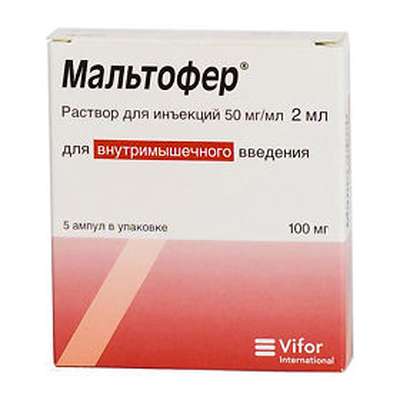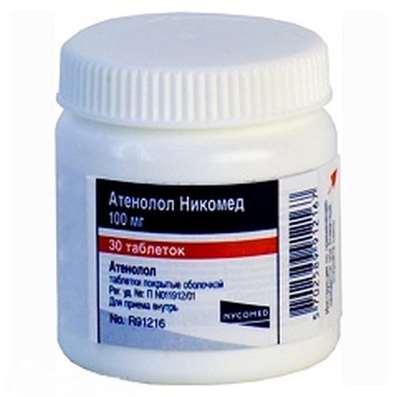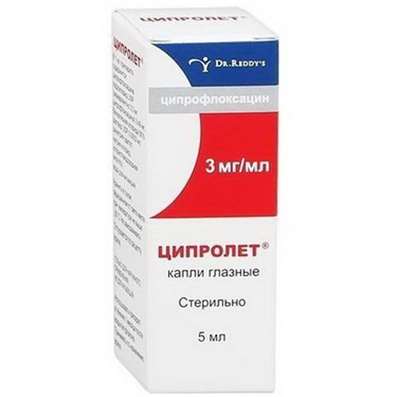Instruction for use: Rexetin
I want this, give me price
Dosage form: coated tablets
Active substance: Paroxetine*
ATX
N06AB05 Paroxetin
Pharmacological groups:
Antidepressant
The nosological classification (ICD-10)
F32 Depressive episode: Adynamic subdepression; Astheno-adynamic subdepressive states; Asthenoadressive disorder; Astheno-depressive disorder; Asthenodepressive state; Astheno-depressive state; Major Depressive Disorder; Vyaloapatichesky depression with retardation; Double Depression; Depressive pseudodement; Depressive illness; Depressive mood disorder; Depressive disorder; Depressive mood disorder; Depressive state; Depressive disorders; Depressive syndrome; Depressive syndrome larviated; Depressive syndrome in psychoses; Depressed masks; Depression; Depression Depletion; Depression with the phenomena of inhibition within the framework of cyclothymia; Depression is smiling; Involutional depression; Involutionary melancholy; Involutional depression; Manic-depressive disorder; Masked Depression; Melancholic Attack; Neurotic depression; Neurotic depression; Shallow Depression; Organic depression; Organic depressive syndrome; Simple depression; Simple melancholic syndrome; Psychogenic depression; Reactive depression; Reactive depression with moderate psychopathological symptoms; Reactive depressive states; Reactive depression; Recurrent depression; Seasonal depressive syndrome; Severostatic depression; Senile Depression; Symptomatic Depression; Somatogenic depression; Cyclotymic depression; Exogenous depression; Endogenous depression; Endogenous Depressive Conditions; Endogenous Depression; Endogenous depressive syndrome
F33 Recurrent depressive disorder: Major depressive disorder; Secondary depression; Double Depression; Depressive pseudodement; Depressive mood disorder; Depressive disorder; Depressive mood disorder; Depressive state; Depressive syndrome; Depressed masks; Depression; Depression is smiling; Involutional depression; Involutional depression; Masked Depression; Melancholic Attack; Reactive depression; Reactive depression with moderate psychopathological symptoms; Reactive depressive states; Exogenous depression; Endogenous depression; Endogenous Depressive Conditions; Endogenous Depression; Endogenous depressive syndrome
F40.0 Agoraphobia: Fear of open space; Fear of being in a crowd
F40.1 Social phobia: Social isolation; Social detachment; Social phobia; Social Anxiety Disorder / Social Phobia; Sociophobia; Sociopathy
F41.0 Panic disorder [episodic paroxysmal anxiety]: Panic state; Panic attack; Panic; Panic disorders
F41.1 Generalized anxiety disorder: Generalized anxiety disorders; Generalized alarm; Phobic neurosis; Anxiety reaction; Anxious neurosis
F41.2 Mixed anxiety and depressive disorder: Depression with anxiety-depressive components; Mixed anxiety-depressive conditions; Anxiety Depression; Anxious and depressing mood; Anxiety-depressive state; Anxious-depressive conditions; Anxiety-depressive syndrome; Anxious-Neurotic Conditions
F42 Obsessive-compulsive disorder: Obsessive-compulsive syndrome; Obsessive compulsive states; Obsessive-compulsive syndrome; The Obsession Syndrome; The obsession neurosis; Obsessive-compulsive neurosis; Obsessions
F43.1 Post-traumatic stress disorder: Combat fatigue; Catastrophe Syndrome; The survivor's syndrome; Traumatic isolation; Traumatic neurosis; Traumatic syndrome; Post-Traumatic Stress Disorder
Composition
Tablets covered with a film membrane 1 tab.
active substance:
paroxetine hydrochloride hemihydrate 22.76 mg; 34.14 mg
(equivalent to 20/30 mg of paroxetine, respectively)
auxiliary substances: hypromellose - 15 / 22.5 mg; calcium hydrophosphate dihydrate - 244.24 / 366.36 mg; sodium carboxymethyl starch - 15 / 22.5 mg; magnesium stearate - 3 / 4.5 mg
film membrane: hypromellose - 7.2 / 10.8 mg; Macrogol 400 - 0,07 / 0,105 mg; macrogol 6000 - 0.956 / 1.434 mg; polysorbate 80 - 0.044 / 0.066 mg; titanium dioxide - 1.03 / 1.545 mg
Pharmachologic effect
Mode of action - antidepressant.
Dosing and Administration
Inside, 1 time per day, preferably in the morning, while eating, without chewing.
As with other antidepressant medications, depending on the clinical condition of the patient after 2-3 weeks, the dosage of the drug can be changed.
With depression: the recommended daily dose is 20 mg. As with the use of other antidepressants, the effect in most cases develops gradually. Some patients may need to increase the dose of the drug. Depending on the response of the patient to therapy, the daily dose can be increased by 10 mg at intervals of 1 week, until the therapeutic effect is achieved; the maximum daily dose is 50 mg.
In obsessive-compulsive disorders (obsessive-compulsive disorder): the initial dose is 20 mg / day. The dose can be increased by 10 mg weekly, until the required therapeutic response is achieved. The maximum daily dose is usually 40 mg, but should not exceed 60 mg.
In panic disorders: the recommended therapeutic dose is 40 mg / day. Therapy should be started with a small (10 mg / day) dose, with a weekly increase in dosages of 10 mg / day, until the desired effect is achieved. The maximum daily dose should not exceed 60 mg. The recommended low initial dose of the drug is due to the possibility of a temporary increase in the intensity of the symptoms of the disease at the beginning of therapy.
With social phobia: therapy can be started with a dose of 20 mg / day. If after a 2-week course of treatment there is no significant improvement in the patient's condition, the dose of the drug can be increased weekly by 10 mg until the desired effect is achieved. The maximum daily dose should not exceed 50 mg. For maintenance therapy, a daily dose of 20 mg is usually sufficient.
With a generalized anxiety disorder: the recommended therapeutic dose is 20 mg / day. Depending on the patient's response to therapy, the daily dose can be increased gradually by 10 mg; the maximum daily dose is 50 mg.
In post-traumatic stress disorders: the recommended therapeutic dose is 20 mg / day. Depending on the patient's response to therapy, the daily dose can be increased periodically by 10 mg, the maximum daily dose is 50 mg.
Depending on the clinical condition of the patient, to prevent possible relapses it is necessary to carry out maintenance therapy. This course after the disappearance of the symptoms of depression can be 4-6 months, and with obsessional and panic disorders and more. As with the use of other psychotropic drugs, you should avoid a sharp cessation of treatment. Weakened and elderly patients may increase the level of the drug in serum higher than usual, so the recommended initial dose is 10 mg / day. This dose can be increased by 10 mg weekly, depending on the patient's condition.
The maximum dose should not exceed 40 mg / day.
Children due to lack of clinical experience, the drug is not shown.
When renal (Cl creatinine <30 ml / min) or liver failure increases the concentration of paroxetine in the blood plasma, so the recommended daily dose of the drug in these cases is 20 mg. This dose can be increased depending on the patient's condition, but it is necessary to strive to maintain it at the lowest possible level.
Release form
Film-coated tablets, 20 mg or 30 mg. In a blister of aluminum / PVC for 10 pcs. 3 blisters in a cardboard box.
Conditions of leave from pharmacies
On prescription.
Storage conditions for Rexetin
At a temperature of 15-30 ° C.
Keep out of the reach of children.
Shelf life of Rexetin
5 years.
Do not use after the expiry date printed on the package.

 Cart
Cart





